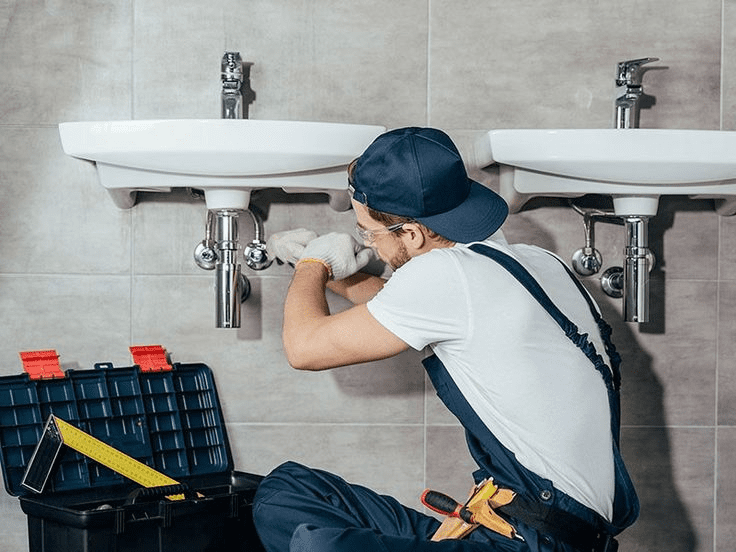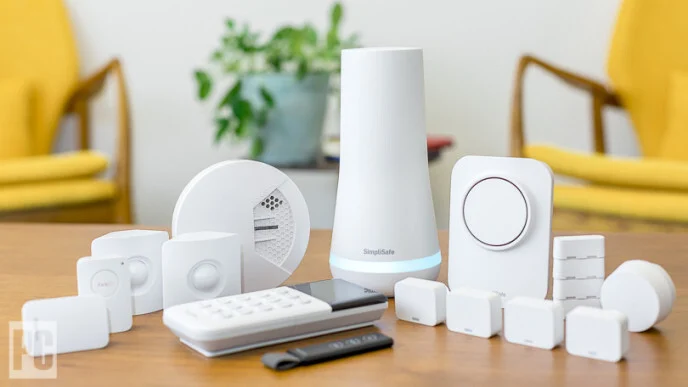Waterproofing your roof is an important part of keeping your home or building safe from water damage, which can cost a lot of money if not fixed. While roofs are designed to shield homes from the elements, over time, they can become vulnerable to leaks and moisture infiltration. Roof waterproofing services provide a critical layer of defense that extends the lifespan of the roof and prevents costly repairs.
Waterproofing a roof means using special materials to make a shield that water can’t get through and damage the structure of the roof. This barrier is designed to keep water out, even during heavy rains or snow. Waterproofing materials vary depending on the type of roof, but they generally include membranes, coatings, and sealants that are resistant to water.
Over time, a roof is subjected to various environmental factors, such as UV rays, rain, wind, and temperature fluctuations. These elements can weaken the roofing material and lead to the formation of cracks, gaps, or damage, making the roof susceptible to leaks. Waterproofing adds another layer of defense, making sure that water can’t get into these weak spots.
How Roof Waterproofing Prevents Water Damage
1. Prevents Leaks
One of the most common causes of water damage in homes and buildings is roof leaks. When water enters through a damaged roof, it can affect multiple layers of the structure, from the insulation and framing to the ceilings and walls. Roof waterproofing stops water from seeping through by sealing cracks, joints, and any vulnerable areas. This prevents leaks from developing, ensuring the interior of your home remains dry even during heavy rain.
2. Protects the Structural Integrity of the Building
If water gets on the roof, it can cause more than just ugly stains and mold growth. It can also seriously weaken the building’s structure. If water gets into the roof structure, it can rust metal parts and make wood rot. Over time, this weakens the frame of the roof and the building itself.
By making the roof waterproof, you keep the materials below it, like the rafters and beams, from getting wet. This keeps these elements in good shape and makes your building stronger and more stable.
3. Reduces Mold and Mildew Growth
When your roof leaks, these dangerous plants can quickly get all the water they need to grow. Mold and mildew like it when it’s damp. Mold can quickly spread and damage your roof, insulation, and even the air quality inside your home once it starts to grow. Mold is not only expensive to get rid of, but it can also be bad for your health, especially if you have allergies or breathing problems.
Waterproofing your roof stops water from getting into your home, which helps keep mold and mildew from growing. This makes sure that the air you breathe is cleaner and keeps your home from needing expensive mold removal.
4. Protects the Interior of the Home
Water entering the home through a leaky roof can cause widespread damage to the interior, including ceilings, walls, floors, and even furniture. Water stains on ceilings and walls are not just unsightly, but they can also indicate a more serious issue—such as water soaking into the building’s structure.
Waterproofing the roof keeps moisture from infiltrating the home, preserving the appearance of your interior and preventing water-related damage. This saves you from having to spend money on repainting, plaster repairs, or replacing damaged furniture and flooring.
Common Types of Roof Waterproofing Solutions
Depending on the building and type of roof, there are different types of waterproofing materials and methods that can be used:
- Liquid Applied Membranes: These are put on as a liquid covering that hardens into a barrier that keeps water out. This type of waterproofing is flexible and can be applied to flat or sloped roofs.
- Bituminous Waterproofing: This system uses bitumen-based materials that are applied to the roof in layers, forming a durable, waterproof membrane. It is commonly used for flat roofs and is highly effective in preventing water penetration.
- Sheet Membranes: These waterproofing materials come in the form of pre-formed sheets, which are applied to the roof surface. Sheet membranes are durable and provide a reliable barrier against water.
- Cementitious Waterproofing: This method involves applying a cement-based waterproofing material to the roof, which forms a strong, impermeable layer. It is commonly used on concrete roofs.
Conclusion
Roof waterproofing is a proactive approach to protecting your home from water damage and the costly repairs that often come with it. By preventing leaks, safeguarding the structural integrity of your roof, and minimizing the risk of mold growth, waterproofing helps maintain a dry and safe living environment. Investing in roof waterproofing now can save you significant expenses in the future by extending the lifespan of your roof, reducing the need for repairs, and enhancing energy efficiency. Don’t wait until water damage occurs—consider waterproofing your roof today to ensure long-term protection and peace of mind.






